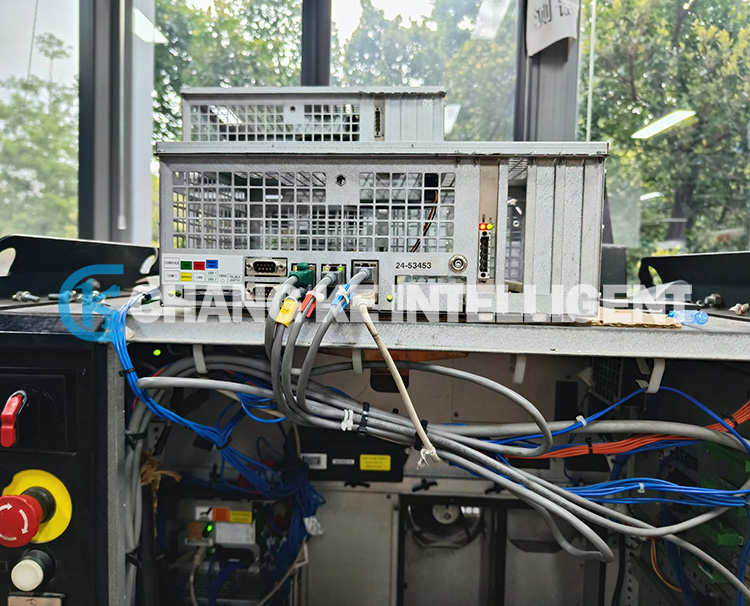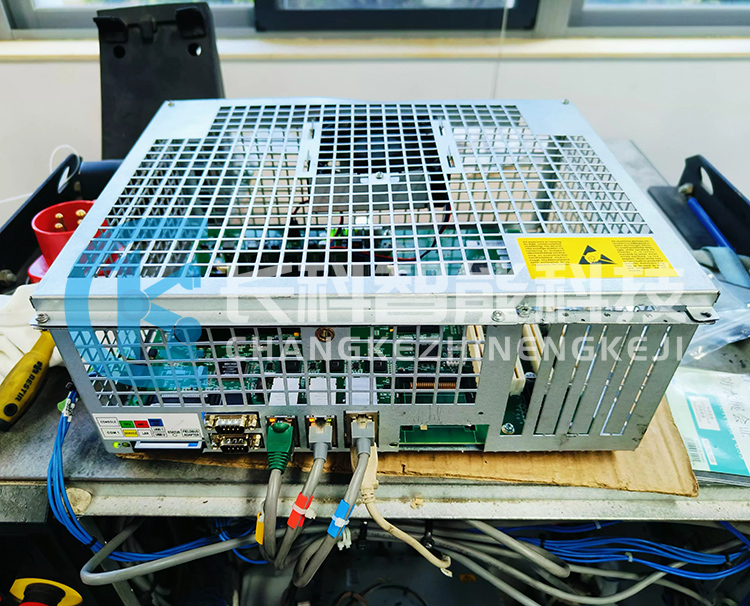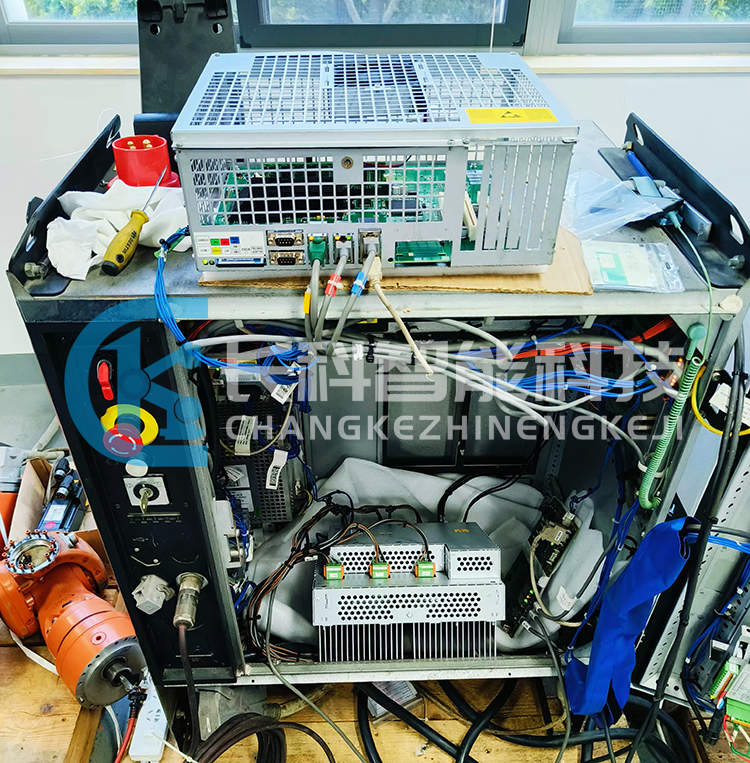Repair ABB IRC5 control cabinet PC unit DSQC639 3HAC025097-001



ABB robot control modes: mainly divided into four control modes: point control mode, continuous trajectory control mode, force (torque) control mode, and intelligent control mode.
1. Point Control Method (PTP)
PTP only controls the position of the robot end effector at certain specified discrete points in the workspace. During control, only the robot is required to move quickly and accurately between adjacent points, and there are no regulations on the motion trajectory to reach the target point. The positioning accuracy and the time required for motion are the two main technical indicators of this control method, which are often applied in loading and unloading, handling, spot welding, and inserting components on circuit boards.
2. Continuous Trajectory Control (CP)
CP continuously controls the pose of the robot end effector in the workspace, requiring it to move strictly according to a predetermined trajectory and speed within a certain accuracy range, with controllable speed, smooth trajectory, and smooth motion. The end effector can form a continuous trajectory, which is usually used in arc welding, painting, deburring, etc.
3. Force (torque) control method
When carrying out assembly, grabbing and placing objects, in addition to accurate positioning, it is also required that the force or torque used must be appropriate. At this time, (torque) servo mode must be used.
4. Intelligent control mode
The intelligent control of robots obtains knowledge of the surrounding environment through sensors and makes corresponding decisions based on their internal knowledge base. By adopting intelligent control technology, the robot has strong environmental adaptability and self-learning ability. The development of intelligent control technology relies on the rapid development of artificial intelligence such as artificial neural networks, genetic algorithms, genetic algorithms, expert systems, etc. in recent years.




